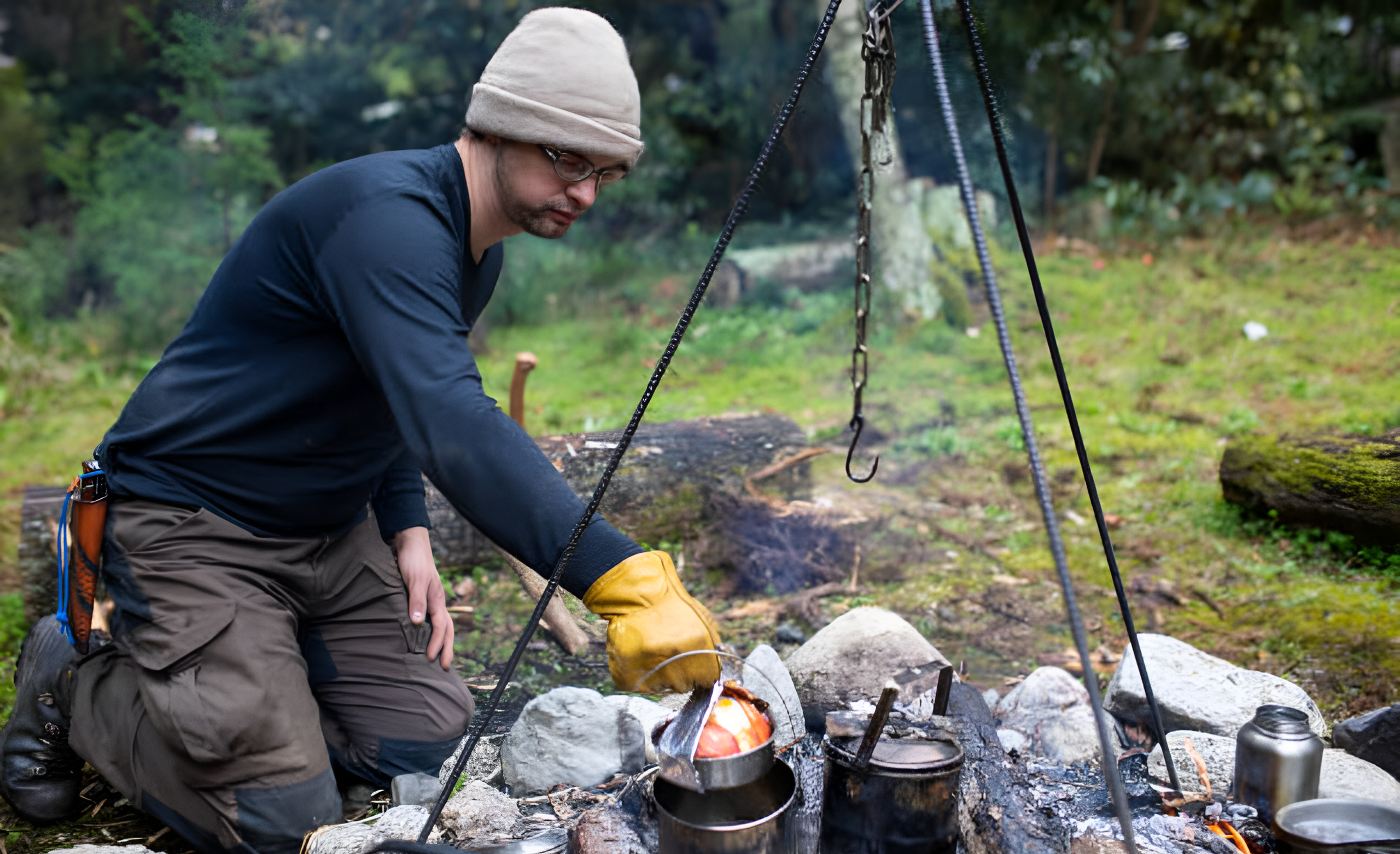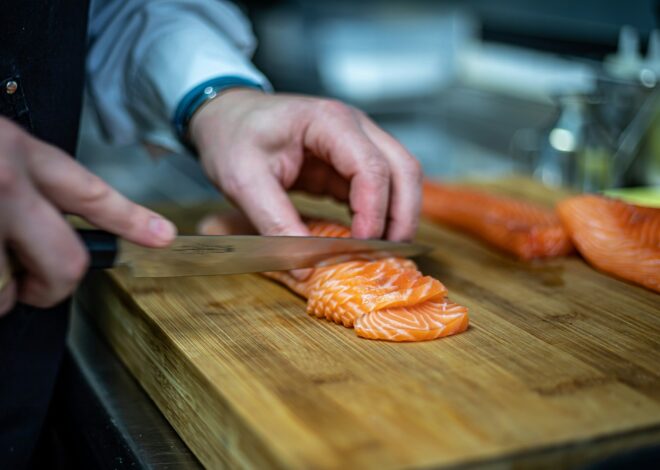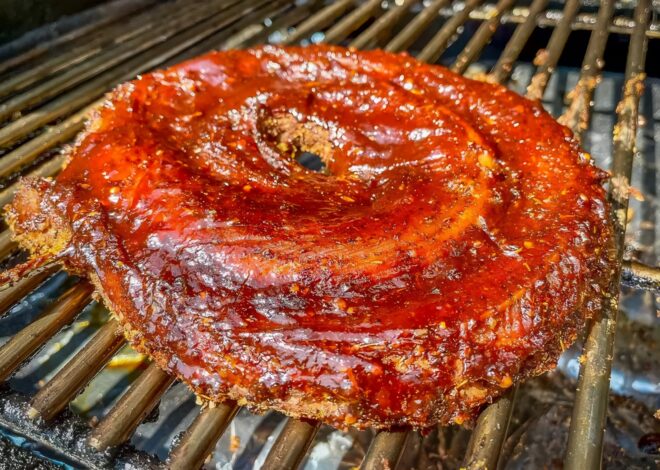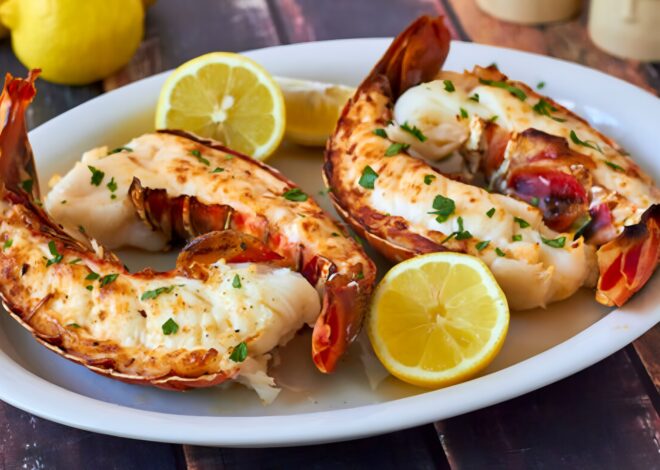
How To Cook Survival Foods
When disaster strikes or you find yourself in an unexpected situation, knowing how to cook survival foods can be a game changer. Picture this: you’re faced with limited resources, but your ability to whip up nourishing meals could mean the difference between thriving and merely surviving.
As our world becomes more unpredictable, understanding the ins and outs of survival cooking is not just practical; it’s essential. From canned goods stashed away for emergencies to fresh finds in the wilderness, survival foods come in many forms.
But it’s not just about having these items on hand; it’s also about knowing how to transform them into satisfying meals that will keep your energy up when it matters most. This guide will equip you with everything from essential skills and tools to creative recipes using non-perishable ingredients—ensuring you’re ready for anything life throws your way!
The Importance of Knowing How to Cook Survival Foods
Knowing how to cook survival foods is crucial for anyone who wants to be prepared for emergencies. When traditional food sources might not be available, having cooking skills can make all the difference. Cooking survival foods ensures you can turn basic ingredients into nourishing meals.
This knowledge helps maintain energy levels and morale during challenging times. Moreover, it fosters creativity in the kitchen. Limited resources often lead to innovative recipes that you might never consider otherwise. Adapting flavors and textures keeps meals from becoming monotonous.
Understanding cooking methods also increases your self-sufficiency. Whether you’re heating canned goods or preparing wild edibles, each skill enhances your ability to thrive under pressure. Mastering this art cultivates confidence. You not only feel empowered by knowing what’s possible with minimal supplies but also build resilience against unforeseen circumstances.
Different Types of Survival Foods
When considering survival foods, variety is key. You have to think beyond the usual pantry staples. First up are non-perishable items. Canned goods, dried beans, and rice fall into this category. They can last for years and require minimal preparation. Next are freeze-dried or dehydrated foods.
These options retain much of their nutritional value and take up less space. Just add water, and you’re good to go! Then there’s fresh produce—think root vegetables like potatoes and carrots—which can be stored for longer periods if kept in a cool place.
Don’t overlook protein sources either! Jerky or canned fish packs a punch when it comes to nutrition. Consider wild edibles if you find yourself outdoors: mushrooms, berries, or edible greens can supplement your food supply significantly. Being familiar with these options broadens your culinary possibilities during tough times.
Essential Cooking Tools for Survival
When it comes to cooking survival foods, having the right tools is crucial. A sturdy multi-tool can serve multiple functions—think cutting, opening cans, and even preparing meals. A portable stove or camping stove provides flexibility in any setting.
It allows you to heat up water for cooking or sterilizing. Don’t forget a reliable pot or pan; lightweight options are ideal for easy transport. A good quality knife is essential. Whether it’s slicing vegetables or preparing proteins, versatility matters.
Fire starters may not seem significant but they make all the difference when trying to get a flame going quickly. Consider containers that are both stackable and durable for storage purposes. These simple items can transform challenging situations into manageable ones while ensuring your food remains safe and accessible.
Essential Cooking Skills for Survival Situations
Cooking in survival situations demands a unique set of skills. Knowledge of fire-making is crucial. Mastering the art of creating and maintaining a fire can mean the difference between a warm meal and going hungry. Next, understanding how to safely forage and prepare wild edibles is invaluable.
This skill enhances your diet with fresh nutrients while expanding your menu options significantly. Knife handling also plays an essential role. Knowing how to effectively chop, slice, or fillet not only speeds up food preparation but ensures safety during cooking.
Additionally, practicing preservation techniques like drying or smoking extends the shelf life of ingredients you gather. These methods are vital when resources become scarce. Improvisation can be your greatest ally. Being able to think on your feet will help you adapt recipes based on available supplies and tools, ensuring you make the most out of every situation.
Basic Ingredients for Survival Recipes
When it comes to survival recipes, having the right ingredients is crucial. Think of staples like rice and beans; they provide essential nutrients and energy. These two are versatile and can be combined in countless ways. Canned vegetables are another go-to option.
They last a long time and add flavor and nutrition to your meals. Don’t overlook canned fruits either—they’re great for snacks or desserts. Dried herbs and spices can transform even the simplest dishes into something special. A dash of salt or pepper can make all the difference when you have limited resources.
Don’t forget about proteins! Canned meats such as tuna or chicken offer quick protein sources that require minimal preparation. Stock up on cooking oils; these help with both flavoring your food and providing necessary fats for energy.
Quick and Easy Survival Meals
When time is of the essence, quick and easy survival meals can make all the difference. Think about items that require minimal preparation yet pack a nutritional punch. Canned goods are your best friend in this scenario. Beans, vegetables, and fruits provide essential nutrients and can be eaten straight from the can. A simple bean salad with olive oil and spices offers flavor without fuss.
Instant rice or pasta can cook in minutes. Just add boiling water for a filling meal. Pair it with any canned protein like tuna or chicken to elevate it further. Don’t forget about oatmeal! It’s versatile enough for breakfast or even a snack when mixed with dried fruit or nuts.
In survival cooking, simplicity reigns supreme. Use what you have on hand creatively while keeping an eye on balance and nutrition.
Creative Ways to Use Non-Perishable Foods
Non-perishable foods are lifesavers when it comes to survival cooking. They offer versatility and can be transformed into delightful meals with a little creativity. Canned beans, for example, aren’t just for chili. Mash them up, mix in spices, and create a hearty bean dip perfect for snacking or spreading on crackers.
Dried pasta is another hero in your pantry. Toss it with canned tomatoes and dried herbs for an easy one-pot meal that packs flavor without fuss. Don’t overlook oats! Beyond breakfast, they can be used to make savory oat burgers or added to soups as a thickening agent.
Powdered milk can become creamy sauces or even puddings—just add water! With imagination, these shelf-stable staples turn into comforting dishes that nourish both body and spirit during tough times.
Common Mistakes when Cooking in a Survival Situation
One major mistake people make in survival cooking is not adapting their methods. Relying on traditional techniques can lead to wasted resources and inefficient meals. Another common error is overlooking the importance of hygiene. Even in challenging situations, proper sanitation is crucial to avoid illness.
Many also underestimate the power of seasoning or forget about it entirely. A bland meal can dampen morale, making it harder to push through tough times. Using inappropriate cooking equipment often leads to frustration. Improvising tools from available materials can be more effective than trying to use broken gear.
Neglecting portion control can be detrimental. Cooking too much food at once risks spoilage and waste—a luxury not easily afforded during tough times. Keep your meals manageable and adjust based on your needs and available supplies for better outcomes.
Tips for Making the Most out of Limited Resources
When resources are scarce, creativity becomes your best ally. Start by assessing what you have on hand. This will help you maximize every ingredient. Don’t underestimate the power of spice and seasoning. A pinch of salt or a sprinkle of herbs can elevate even the simplest dish.
Next, think about combining ingredients for maximum flavor and nutrition. For example, mixing grains with legumes not only enhances taste but also boosts protein content. Consider repurposing leftovers creatively; yesterday’s meals can become today’s soup or stir-fry.
Always keep an eye on portion sizes to avoid waste. Embrace cooking techniques that require minimal energy like simmering or slow-cooking when possible. These methods often enhance flavors while conserving fuel resources effectively.
Tips for Storing and Preserving Survival Foods
Storing and preserving survival foods is essential for ensuring they remain safe and nutritious. Choose airtight containers to keep moisture and pests at bay. Glass jars, vacuum-sealed bags, or plastic bins work well. Temperature control is crucial. Store your food in a cool, dark place away from direct sunlight.
A consistent temperature helps maintain quality over time. Label everything with dates to track freshness easily. Rotate your supplies regularly by using older items first, minimizing waste. For longer storage life, consider dehydration or canning methods. Both techniques effectively extend the shelf life of fruits, vegetables, and even meats.
Don’t overlook natural preservatives like salt or sugar for certain items; these can enhance longevity while adding flavor. Always check on stored goods periodically to identify any spoilage before it becomes an issue. Keeping tabs on what you have will help you stay prepared for anything that comes your way.
Conclusion: Preparing for Any Situation
Preparing for any situation requires not only knowledge but also practical skills. Cooking survival foods is an essential part of this preparation. By understanding the different types of survival foods, mastering essential cooking tools and skills, and knowing how to create meals from limited resources, you can ensure that you are well-equipped for unexpected challenges.
Take the time to explore various recipes using basic ingredients. Get creative with non-perishable items and practice cooking in a simulated environment. The more you engage with these concepts, the better prepared you’ll be when it truly matters.
Having a plan for storing and preserving your food will extend its usability, making sure you’re ready no matter what comes your way. Embrace the journey of learning how to cook survival foods—it’s not just about feeding yourself; it’s about empowering yourself for life’s uncertainties.



